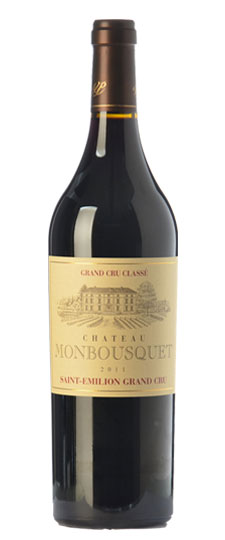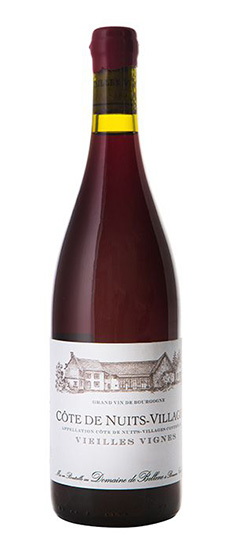Wine Score
95 points James Suckling
A warm and delicious Mouton with light spice, currant, and hints of chocolate. Very subtle and refined. Full to medium body. Seamless tannins that dissolve on the finish. Wonderful length for the vintage. 89% cabernet sauvignon, 7% merlot, and 4% cabernet franc. Salty and delicately fruity. Better in 2020 but beautiful now.
93 points Wine Spectator
This delivers a pure, focused beam of cassis right from the start, driving through the finish while light iron, violet, singed apple wood and sweet tobacco notes form the backdrop. Has grip, but delivers more acidity than tannins overall. Though there’s ample depth and power, this remains more sleek in feel. Best from 2018 through 2028.
98 points Wine Enthusiast
This is a powerful and dense wine, with ripe and rich berry fruit notes. It’s balanced, showing strong tannins in harmony with concentrated fruit. It is rich, generous in texture and sure to age well.
93 points Robert Parker’s Wine Advocate
The 2013 Mouton Rothschild is the best of the Medoc first-growths in this vintage. It was the smallest crop at Mouton since 1969, even smaller than their 1991. Only 45% of the crop made it into the final blend of 89% Cabernet Sauvignon, 7% Merlot and 4% Cabernet Franc. One of the few 2013s to reveal serious depth, it displays a dense saturated ruby/purple color along with spicy creme de cassis, licorice and forest floor characteristics. Elegant, medium-bodied and more concentrated than most of its peers, it even reveals some tannins, suggesting 2-5 years of bottle age may be needed. It should last for 15-20 years.
Grape Variety
Cabernet Sauvignon and Blends
Cabernet Sauvignon and Blends – Cabernet Sauvignon has come a long way from its role as a blending varietal, however dominant, in the wines of Bordeaux. Today it is the most planted red varietal in the world. Identified as a descendent of Cabernet Franc and Sauvignon Blanc, the late-ripening Cabernet Sauvignon needs to be planted in warmer climates to fully ripen. Its small berries can easily be identified for their distinctive blue color, thick skins and high tannins. And while the varietal has its own definitive characteristics: green pepper-like aromas and black currant flavors among them, it is perhaps most prized for its ability to convey terroir, vintage and winemaking. A relatively new varietal, Cabernet Sauvignon started making inroads into the wines of the Médoc and Graves in the late-18th century. Today it is also dominant in the up-and-coming Entre-Deux-Mers region of Bordeaux and can also be found in Southwest France. It is the companion varietal to Sangiovese in Italy’s Super Tuscans and is planted all over Europe, stretching to lesser-known winegrowing regions like Russia and Lebanon. In the Americas Cabernet Sauvignon has found champions in every nook and cranny of California and among winemakers in Washington, where it complements plantings of Merlot. In South America, Cab thrives in Chile, but can also be found in smaller amounts in Argentina and even in Mexico.
Pauillac
Pauillac – Pauillac is probably the most famous village in Bordeaux. Located between St. Julien and St. Estephe, it has more of the top ranked chateau than the other four appellations of the Haut Medoc. This area has three of the five premier cru classe wineries: Lafite Rothschild, Latour, and Mouton Rothschild. There are two of the top second-growths (Pichon Lalande and Pichon Baron) as well as several outstanding fourth and fifth-growth chateaux including Lynch Bages. Because of the gravely soils and great drainage, Pauillac has the ideal conditions to grow great Cabernet Sauvignon. The wines from this village are some of the longest-lived in Bordeaux.





![Amuse Bouche, Napa Valley [Merlot/Cabernet Franc] 2010](https://www.wineyou.com/wp-content/uploads/2017/06/Amuse-Bouche-Napa-Valley-Merlot-Cabernet-Franc-2010.jpg)

